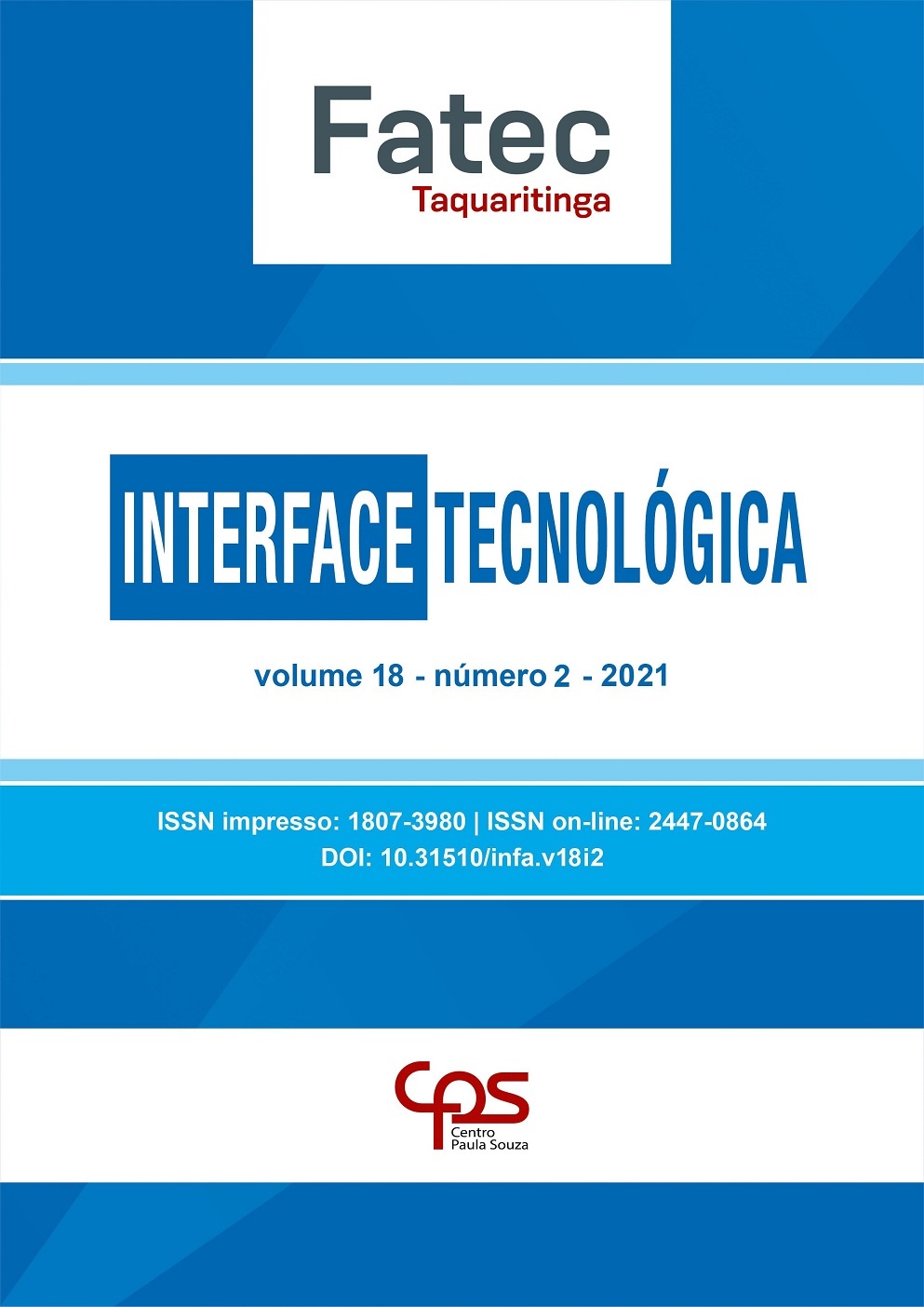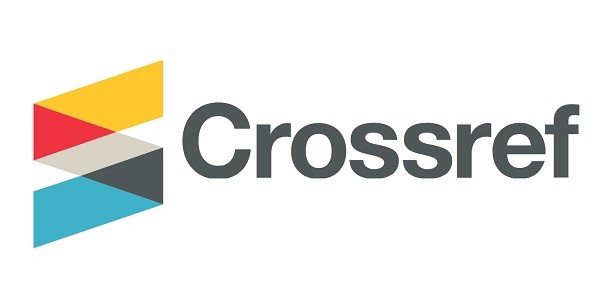EMOTIONAL DESIGN APPROACHES IN DESIGNING INTERFACES FOR CHILDREN WITH AUTISTIC SPECTRUM DISORDER
DOI:
https://doi.org/10.31510/infa.v18i2.1300Keywords:
Emotional Design, Autism, Participatory Design, InterfaceAbstract
Aiming to analyze the inclusive context in the field of research, narrowing down themes that are related to the development of products for, specifically, children on the autistic spectrum and understanding how researchers have built their work on this subject, this article was designed to understand how these researches that use emotional design approaches to the construction of interfaces for autistic children are being developed around the world, with this it will be possible to answer relevant questions to understand how emotional design can help in the development of these interfaces, as well as which methodologies are most used by researchers and how they address the emotions of children participating in their studies. This study had as a research method the systematic mapping of literature. The results showed relevant conclusions about the questions mentioned above, such as that emotional design is not used singly, but accompanied by other approaches and methodologies, such as participatory design, where it becomes possible to insert the child in the construction process of interface design, along with their parents and other professionals such as psychologists and the researchers and designers themselves.
Downloads
Metrics
References
ALARCON-LICONA, Susana; LOKE, Lian; AHMADPOUR, Naseem. From autism educators to game designers: integrating teaching strategies into game design for autism education support. OzCHI ‘18: Proceedings of the 30th Australian Conference on Computer-Human Interaction, Melbourne, Australia, p. 58-62, 4 dez. 2018. DOI 10.1145/3292147.3292208. Disponível em: https://dl.acm.org/doi/10.1145/3292147.3292208. Acesso em: 31 maio 2021.
AMERICAN PSYCHIATRY ASSOCIATION. DSM-5: Manual Diagnóstico e Estatístico de Transtornos Mentais. 5. ed. atual. Porto Alegre: Artmed, 2017. ISBN 978-85-8271-183-5. E-book.
CIBRIAN, Franceli Linney et al. A Step towards Identifying the Sound Preferences of Children with Autism. PervasiveHealth ‘18: Proceedings of the 12th EAI International Conference on Pervasive Computing Technologies for Healthcare, NY, New York, USA, p. 158–167, 21 maio 2018. DOI 10.1145/3240925.3240958. Disponível em: https://dl.acm.org/doi/10.1145/3240925.3240958. Acesso em: 31 maio 2021.
DERMEVAL, Diego; COELHO, Jorge A. P. de M.; BITTENCOURT, Ig I. Mapeamento Sistemático e Revisão Sistemática da Literatura em Informática na Educação. In: JAQUES, Patrícia Augustin; SIQUEIRA; Sean; BITTENCOURT, Ig; PIMENTEL, Mariano. (Org.) Metodologia de Pesquisa Científica em Informática na Educação: Abordagem Quantitativa. Porto Alegre: SBC, 2020. (Série Metodologia de Pesquisa em Informática na Educação, v. 2) Disponível em: https://metodologia.ceie-br.org/livro-2. Acesso em: 17 ago. 2021.
FEITOSA, Marina Araújo F; FIGUEIRÔA, Carolina F; NAGAI, Luana. A influência do design emocional em projetos de artefatos inclusivos para autistas - Estudo de caso: Squease Vest. 13º Congresso Brasileiro de Pesquisa e Desenvolvimento em Design, Joinville, SC, 05-08 nov. 2018. Disponível em: http://pdf.blucher.com.br.s3-sa-east-1.amazonaws.com/designproceedings/ped2018/4.3_ACO_02.pdf. Acesso em: 3 set. 2021.
FRANCISCO, Paulo César Moura; MENEZES, Alexandre Monteiro de. Design universal, acessibilidade e espaço construído. Construindo, Belo Horizonte, v. 3, ed. 1, p. 25-29, jan./jun. 2011. Disponível em: http://revista.fumec.br/index.php/construindo/article/view/1763. Acesso em: 3 set. 2021.
FRAUENBERGER, Christopher; MAKHAEVA, Julia; SPIEL, Katta. Designing Smart Objects with Autistic Children: Four Design Exposès. CHI ‘16: Proceedings of the 2016 CHI Conference on Human Factors in Computing Systems, California, San Jose, USA, p. 130–139, 7 maio 2017. DOI 10.1145/2858036.2858050. Disponível em: https://dl.acm.org/doi/10.1145/2858036.2858050. Acesso em: 1 jun. 2021.
KITCHENHAM, B. Procedures for Performing Systematic Reviews, Technical Report. Departament of Computer Science Keele University. Keele. 2004.
LYU, Chengchen; CHEN, Hui; PENG, Xiaolan; XU, Tong; WANG, Hongan. DailyConnect: A Mobile Aid that Assists the Understanding of Situation-based Emotions for Children with ASDs. CHI EA ‘21: Extended Abstracts of the 2021 CHI Conference on Human Factors in Computing Systems, Yokohama, Japan, p. 1-6, 8 maio 2021. DOI 10.1145/3411763.3451578. Disponível em: https://dl.acm.org/doi/10.1145/3411763.3451578. Acesso em: 31 maio 2021.
MELO, Aurea et al. Searching for Preferences of Autistic Children to Support the Design of User Interfaces. IHC 2017: Proceedings of the XVI Brazilian Symposium on Human Factors in Computing Systems, Joinville, Brazil, p. 1-10, 27 out. 2017. DOI 10.1145/3160504.3160536. Disponível em: https://dl.acm.org/doi/10.1145/3160504.3160536. Acesso em: 1 jun. 2021.
NORMAN, Donald A. Design emocional: Por que adoramos (ou detestamos) os objetos do dia a dia. Rio de Janeiro: Rocco, 2008. 278 p. ISBN 978-85-325-2332-7.
SANTOS, Maria Isabel; BREDA, Ana M D Azevedo; ALMEIDA, Ana Margarida. Learning Environment for Autism Spectrum Disorders: a universal approach to the promotion of mathematical reasoning. DSAI 2016: Proceedings of the 7th International Conference on Software Development and Technologies for Enhancing Accessibility and Fighting Info-exclusion, Vila Real, Portugal, p. 162-169, 1 dez. 2016. DOI 10.1145/3019943.3019967. Disponível em: https://dl.acm.org/doi/10.1145/3019943.3019967. Acesso em: 1 jun. 2021.
SAVALL, Ana Carolina Rodrigues; DIAS, Marcelo. Transtorno do Espectro Autista: do conceito ao processo terapêutico. São José - SC: FCEE, 2018. 152 p. ISBN 978-85-54307-07-3. E-book.
SILVA, Cátia Sofia Morgado Rafael. Design de Produto para Crianças Autistas. Orientador: Me. José Alves Pereira. 2011. 123 p. Dissertação (Mestre em Design de Produto) - Faculdade de Arquitectura, Universidade Técnica de Lisboa, Lisboa, 2011. Disponível em: https://www.repository.utl.pt/bitstream/10400.5/4695/1/DESIGN%20DE%20PRODUTO%20PARA%20CRIAN%c3%87AS%20AUTISTAS%20-%20C%c3%a1tia%20Morgado%20Rafael.pdf. Acesso em: 3 set. 2021.
TISMOO. O que é autismo ou Transtorno do Espectro do Autismo (TEA)?. [S. l.], 20 ago. 2018. Disponível em: https://tismoo.us/saude/o-que-e-autismo-ou-transtorno-do-espectro-do-autismo-tea/. Acesso em: 31 ago. 2021.
TONETTO, Leandro Miletto; COSTA, Filipe Campelo Xavier da. Design Emocional: conceitos, abordagens e perspectivas de pesquisa. Strategic Design Research Journal, Rio Grande do Sul, v. 4, ed. 3, set./dez. 2011. DOI 10.4013/sdrj.2011.43.04. Disponível em: http://revistas.unisinos.br/index.php/sdrj/article/view/4492. Acesso em: 3 set. 2021. DOI: https://doi.org/10.4013/sdrj.2011.43.04
WORLD HEALTH ORGANIZATION. Autism spectrum disorders. [S. l.], 1 jun. 2021. Disponível em: https://www.who.int/news-room/fact-sheets/detail/autism-spectrum-disorders. Acesso em: 24 ago. 2021.
ZHU, Randy; HARDY, Dianna L; TRINA S, Trina S. Co-designing with Adolescents with Autism Spectrum Disorder: From Ideation to Implementation. OZCHI‘19: Proceedings of the 31st Australian Conference on Human-Computer-Interaction, WA, Fremantle, Australia, p. 106–116, 2 dez. 2019. DOI 10.1145/3369457.3370914. Disponível em: https://dl.acm.org/doi/10.1145/3369457.3370914. Acesso em: 1 jun. 2021.
Downloads
Published
How to Cite
Issue
Section
License
Copyright (c) 2022 Revista Interface Tecnológica

This work is licensed under a Creative Commons Attribution 4.0 International License.
Os direitos autorais dos artigos publicados pertencem à revista Interface Tecnológica e seguem o padrão Creative Commons (CC BY 4.0), que permite o remixe, adaptação e criação de obras derivadas do original, mesmo para fins comerciais. As novas obras devem conter menção ao(s) autor(es) nos créditos.
- Abstract 351
- PDF (Português (Brasil)) 217












.jpg)




1.png)
1.png)